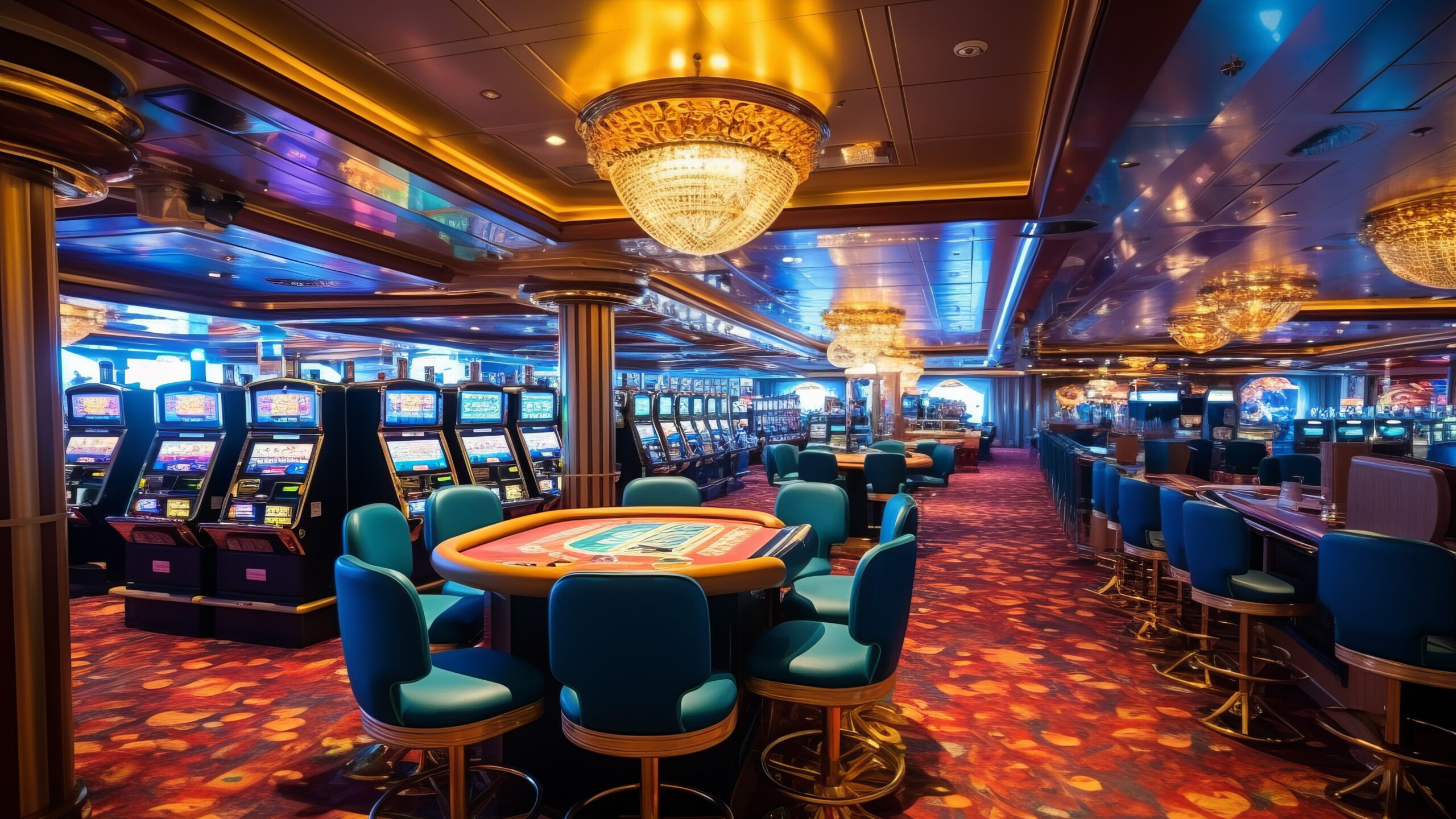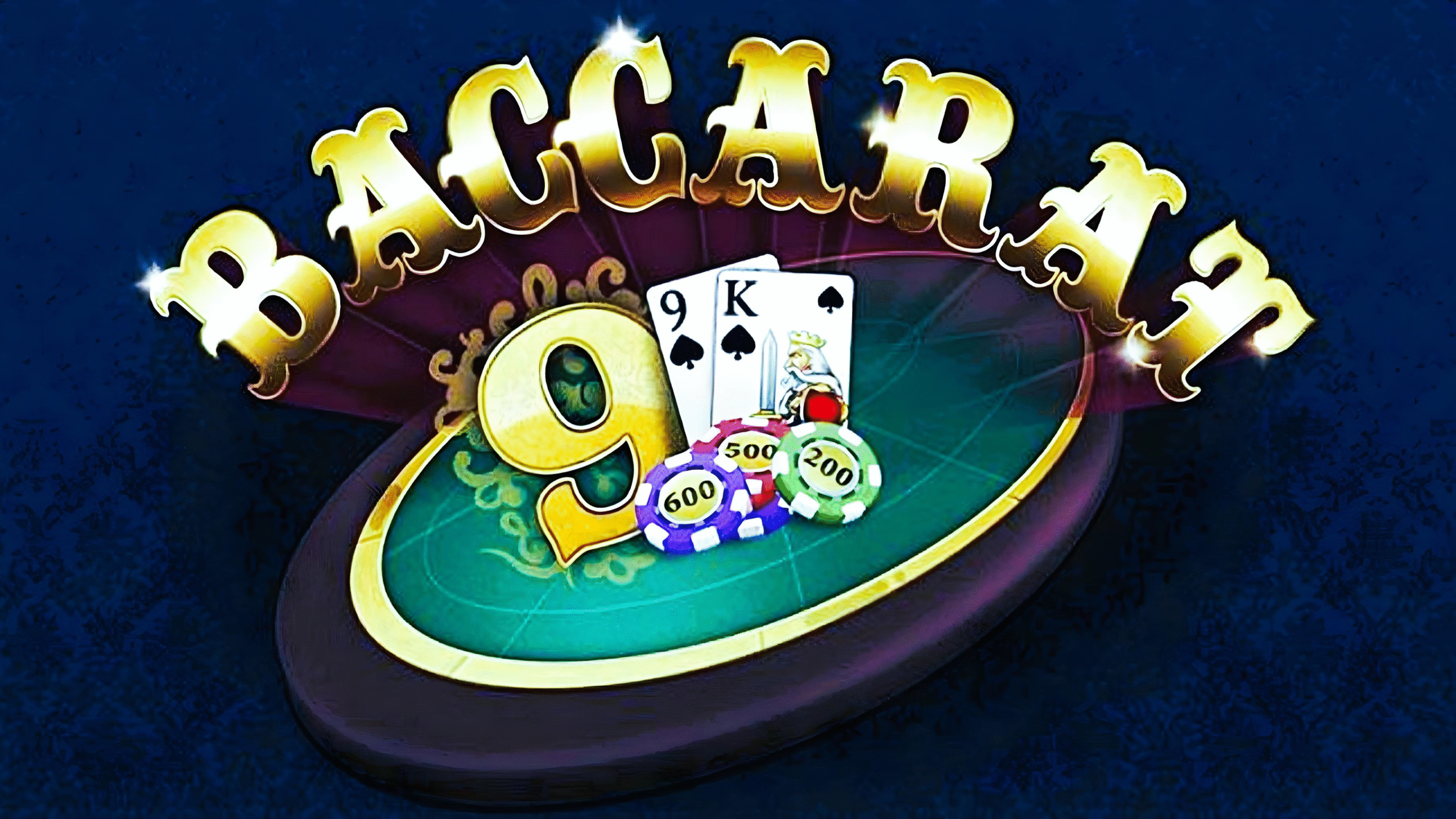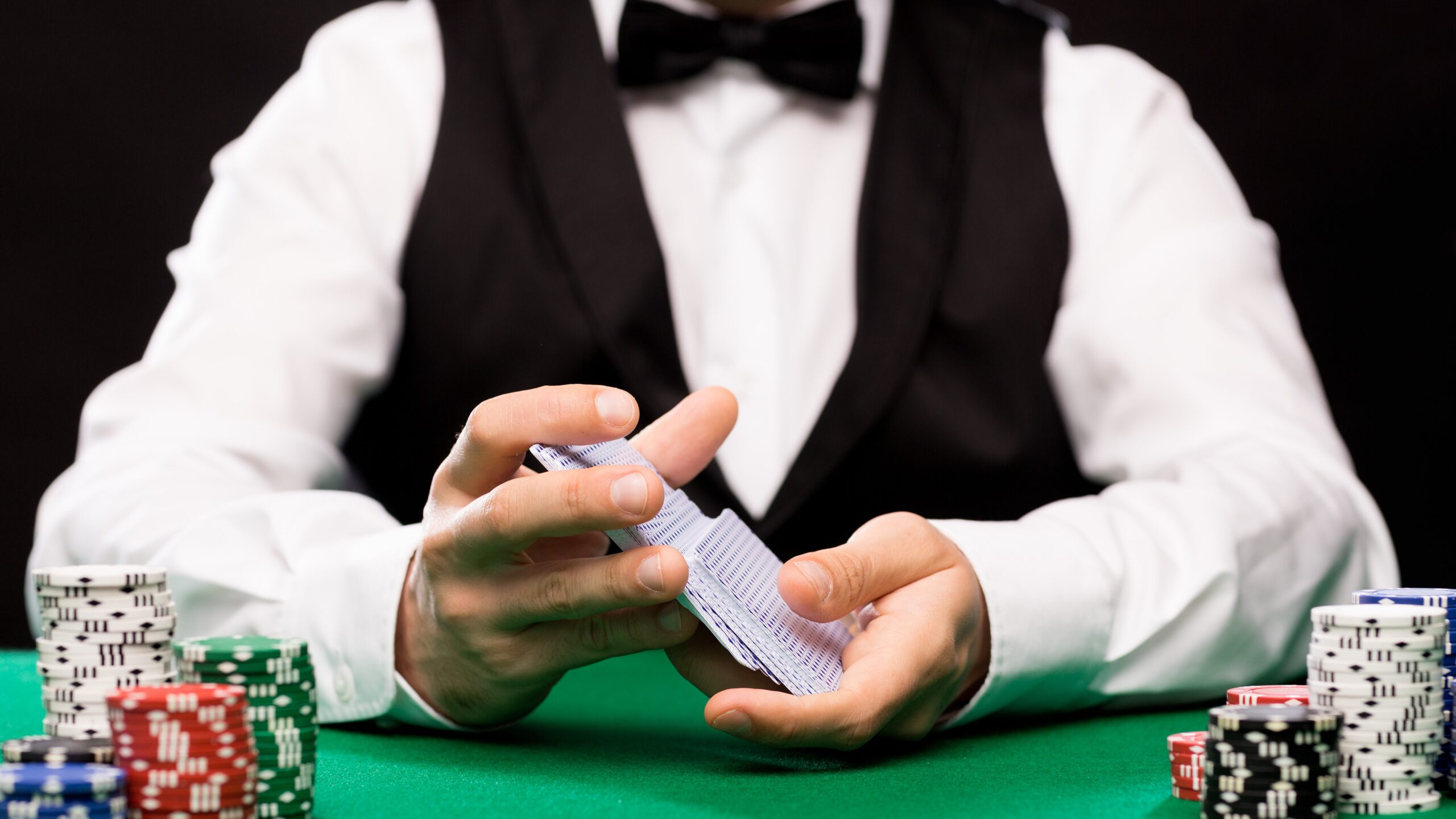Walk into any casino in South Africa and the first thing you’ll notice isn’t the sound of spinning slot machines or the clink of poker chips—it’s the lighting. It’s not just there for visibility. It’s there to make you feel something. Excited? Invigorated? Like time doesn’t exist? That’s all intentional.
Human Psychology in a Casino Environment
The Role of Ambience in Human Behavior
Lighting in a casino is a powerful tool in shaping the overall ambiance, which in turn has a direct impact on human behavior. It goes beyond simple visibility and plays a significant role in setting the tone for the entire environment. Casinos are designed to evoke specific emotions, and lighting is one of the most effective ways to do this. For instance, bright, cold lights typically used in offices or other professional settings are replaced with softer, warmer lights in a casino to encourage comfort and relaxation. The dimmed light creates an inviting atmosphere, pulling you into the space with a sense of mystery and allure. This lighting design enhances a feeling of luxury and opulence, enticing guests to stay longer and immerse themselves in the environment.
In addition to providing comfort, the ambiance set by lighting encourages a relaxed state of mind where guests can focus on the thrill of gambling. Unlike harsh, utilitarian lighting, which might make people feel rushed or stressed, the warm, low lighting in a casino promotes a more carefree attitude, encouraging social interactions and a sense of timelessness. The key is finding a balance between enough light to keep people engaged and active, but not so much that it makes them aware of the passage of time. This thoughtful approach to lighting helps create an environment where guests are comfortable, relaxed, and ready to spend more time gambling.
How Light Affects Mood, Decision Making, and Time Perception
In casinos, lighting is a subtle yet potent tool for influencing a player’s mood and decision-making. Light can have an immediate effect on how people feel, their level of alertness, and even the choices they make. Studies have shown that softer lighting tends to relax people, while brighter lights can make individuals feel more energetic and alert. In a casino, this is manipulated intentionally. For example, lighting is often brighter in high-energy areas like near slot machines, where excitement is meant to be maximized. In contrast, areas that encourage socializing, such as lounges and bars, might feature softer, more relaxing lighting to create a laid-back environment.
Lighting also plays a key role in how people perceive time. If you’ve ever spent hours at a casino and suddenly realized it’s dawn, it’s because the lighting has been intentionally designed to obscure your sense of time. Without windows or clocks, casinos use consistent, controlled lighting schemes that keep players unaware of the outside world. This makes it easier for people to lose track of time, resulting in them spending longer inside without realizing how much time has passed. The lack of natural light and the carefully curated ambiance create a psychological effect where time seems to stand still, encouraging longer play and a deeper immersion into the casino experience.
Key Psychological Effects of Casino Lighting
Creating a Timeless Environment
The concept of creating a timeless environment in casinos revolves around the idea of suspending players’ awareness of time. The goal is to make the experience feel like an escape from reality, where every moment could be filled with possibility, leaving players unaware of the passage of time. This is achieved by carefully designing the lighting to eliminate any natural time indicators, such as sunlight or visible clocks. The absence of these cues creates a sensation of timelessness, which encourages people to stay in the casino longer without realizing how much time has passed.
Key elements of creating a timeless environment through lighting:
- Eliminating Natural Light: By blocking out windows and using artificial lighting, casinos prevent players from being reminded of the time of day.
- Consistent Lighting Levels: Lighting intensity remains relatively constant throughout the casino, helping to maintain a uniform atmosphere and discourage players from becoming aware of how long they’ve been playing.
- Subtle Transitions: The gradual shifts in lighting (such as softer glows in lounges and more intense lights around high-action games) maintain the illusion of timelessness without any jarring changes.
- Immersive Design: Lighting is paired with décor, music, and even scents to enhance the illusion, making the casino feel like a world of its own.
By creating this “timeless bubble,” casinos encourage players to get lost in the experience, extending their visit and, ultimately, their spending. This strategy is a key psychological trick used to optimize the casino environment.
Stimulating Excitement and Risk-Taking
Casinos are designed to stimulate excitement, and lighting plays a pivotal role in triggering that response. One of the most powerful effects of lighting in casinos is its ability to induce feelings of excitement and motivate risk-taking behavior. For example, lighting around slot machines, roulette tables, and other high-energy games often features bright, flashing lights and vibrant colors that demand attention. These lights are not random; they are carefully designed to elicit a reaction from the player’s brain. Studies show that flashing lights and intense lighting can trigger the release of dopamine, a neurotransmitter that the brain associates with pleasure and reward. This creates a feeling of excitement, reinforcing the behavior of continuing to gamble in hopes of further wins.
Key ways lighting stimulates excitement and risk-taking:
- Flashing Lights and Bright Colors: These visual cues grab attention and create a sense of anticipation. Players subconsciously associate this lighting with excitement, reinforcing the desire to keep playing.
- Dopamine Response: The rapid change in lighting, especially near big wins, helps trigger the brain’s reward system, heightening the thrill and encouraging players to take risks.
- Lighting as an Emotional Amplifier: Lights around jackpots or high-stakes tables are often brighter and more intense, increasing excitement just before a player makes a critical decision or places a large bet.
- Synchronization with Sounds: The flashing lights around slot machines or table games often sync with the sound of spinning reels or the clink of chips, reinforcing the association between lights and winning moments.
This combination of visual stimulation and neurological response makes players feel more engaged and excited, which, in turn, encourages them to take more risks and play longer.
Encouraging Longer Stay and Play
Another psychological effect of casino lighting is its ability to encourage longer stays and more prolonged engagement. The lighting in a casino is strategically designed to make players feel comfortable, energized, and less aware of time passing. When the environment feels inviting, players are more likely to stick around and keep playing, leading to higher revenue for the casino. For example, strategically placed lighting in high-traffic areas or around popular games ensures that players are both comfortable and motivated to continue playing. Softer lighting, in particular, creates a sense of warmth and relaxation, which reduces fatigue and helps players feel at ease. The result? They stay longer, play more, and spend more.
Key factors that encourage longer stays through lighting:
- Comfortable Lighting: Soft, warm lighting helps create an atmosphere where people feel at ease. It prevents players from becoming too fatigued or uncomfortable, keeping them engaged for longer periods.
- Dynamic Lighting Design: Lighting that changes in intensity or color based on the time of day or the area of the casino helps keep the environment interesting. For example, brighter lights may be used around slot machines, while a relaxing, soft glow might be used in lounge areas.
- Lighting for Energy Boost: In areas with high action, such as near the gaming tables, lighting is designed to energize players. The lighting around these areas is brighter and often accompanied by flashes or pulses, which help maintain excitement levels and reduce the likelihood of players becoming tired or disengaged.
- Encouraging Exploration: The use of lighting to highlight different areas of the casino subtly guides players through the space, encouraging them to explore new games or sections, thus increasing their overall stay.
By creating a stimulating and comfortable environment, casinos ensure that players remain in the space longer, often without realizing it. This extended engagement leads to increased spending, making lighting a critical part of the business model.
Types of Lighting Used in SA Casinos
Ambient Lighting
Ambient lighting in South African casinos serves as the base layer of illumination, creating the overall mood for the entire gaming floor. This lighting is typically soft, warm, and inviting—think of golden or amber tones that enhance a feeling of luxury and comfort. The goal of ambient lighting is to provide general illumination without being too harsh or bright. This allows guests to feel at ease as they enter the casino, setting the stage for a relaxing yet exciting experience. Casinos rely on this soft lighting to provide an atmosphere that encourages guests to stay longer and enjoy their surroundings.
Moreover, ambient lighting plays a significant role in the perception of the space itself. By using diffused, non-intrusive light, casinos can prevent feelings of tension or discomfort. It also helps to eliminate any external cues related to the outside world, such as daylight or night, which keeps the casino atmosphere timeless. This lighting strategy is designed to envelop visitors in a comfortable, welcoming environment that aligns with the casino’s goal of making them feel as though they’ve entered an entirely different world where the passage of time no longer matters.
Accent Lighting
Accent lighting serves as a powerful tool in casinos for drawing attention to specific areas or objects. This type of lighting is highly focused and intense, used to highlight key features like jackpot machines, roulette tables, or high-stakes gaming areas. Accent lighting often involves brighter or flashing lights, particularly around machines that are meant to catch the player’s eye. For example, when a jackpot slot machine lights up, it’s not by accident—this dazzling light display is designed to create an aura of excitement and anticipation, encouraging other players to join in and try their luck.
In addition to its function of drawing attention, accent lighting plays a psychological role in enhancing the thrill of the experience. The flashing lights near a winning machine or in the high-stakes zones evoke a sense of urgency and desire. Players become subconsciously drawn to these illuminated spots, which increases their level of engagement and excitement. This type of lighting is used not only to guide attention but also to intensify emotions, creating an immersive environment where players feel more connected to the action and more likely to continue playing.
Task Lighting
Task lighting in casinos is focused, direct light used to illuminate specific areas where precise actions are being carried out. This could include reading cards at a poker table, counting chips, or reading instructions on a gaming machine. Task lighting is crucial in providing adequate visibility for these activities without overwhelming the environment with excess brightness. Unlike ambient lighting, which sets the mood, or accent lighting, which draws attention, task lighting is practical and purpose-driven. It’s designed to ensure that players can perform their actions clearly and confidently.
Despite being more functional than aesthetic, task lighting still contributes to the overall ambiance. It’s carefully curated to match the mood of the space and the other types of lighting around it. For instance, task lighting at the poker tables may be more focused and intense to ensure players can easily read their cards, while softer lighting might be used at other tables where less precision is required. This type of lighting helps casinos strike a balance between functionality and atmosphere, ensuring that the experience remains seamless and comfortable while also being visually aligned with the other lighting elements.
| Lighting Type | Purpose | Key Characteristics |
| Ambient Lighting | Sets the general mood and atmosphere | Soft, golden, and warm; creates a welcoming, luxurious feel |
| Accent Lighting | Draws attention to specific areas or objects | Focused, bright, and often flashing to highlight key features |
| Task Lighting | Provides focused illumination for specific tasks | Clear and direct lighting for activities like reading cards or counting chips |
Color Psychology and Its Use in Casino Lighting
Warm Tones vs. Cool Tones
The use of color in casino lighting is not just a design choice—it’s a deliberate psychological tactic. Warm tones, such as amber, gold, and yellow, are often used to create a cozy and inviting atmosphere. These colors make people feel comfortable, open, and relaxed. They’re typically found in areas where the goal is to encourage social interaction and relaxation, such as lounges, restaurants, or waiting areas. Warm tones have a calming effect, which is why they are ideal for spaces where players can unwind between games or enjoy a meal. This creates a sense of luxury and hospitality, enhancing the overall guest experience.
On the other hand, cool tones like blue and green are often used in areas where a more subdued or focused atmosphere is desired. For example, cool-toned lighting might be found in poker rooms or VIP areas, where concentration is key. These tones tend to have a calming and soothing effect, reducing stress and creating an environment where players can focus on their games without feeling overwhelmed. Casinos use cool tones strategically to balance the emotional highs of the gaming experience with moments of calm, helping players remain centered and engaged in the game.
Red for Excitement, Blue for Calm
In casinos, colors are chosen not only for their aesthetic value but also for their ability to influence player emotions. Red is one of the most widely used colors in areas of high action and excitement. This intense, warm color is known to increase heart rate and stimulate adrenaline, making it perfect for areas where players are engaging in fast-paced games like roulette or slot machines. Red triggers feelings of urgency and passion, encouraging risk-taking behavior. The psychological effect is strong—players might feel more energetic and inclined to take risks when surrounded by red, which is why it’s commonly used around high-stakes games.
In contrast, blue is a cool and calming color, often used in spaces that require focus and concentration. For instance, poker rooms or private lounges might use blue lighting to help players stay relaxed and mentally sharp. Blue promotes calmness and clarity, reducing the tension that can come with gambling. It’s ideal for spaces where players need to focus on their strategies without the distraction of excitement or stress. By using red to stir excitement and blue to promote calmness, casinos can strategically influence players’ emotions and decisions, enhancing the overall gaming experience.




